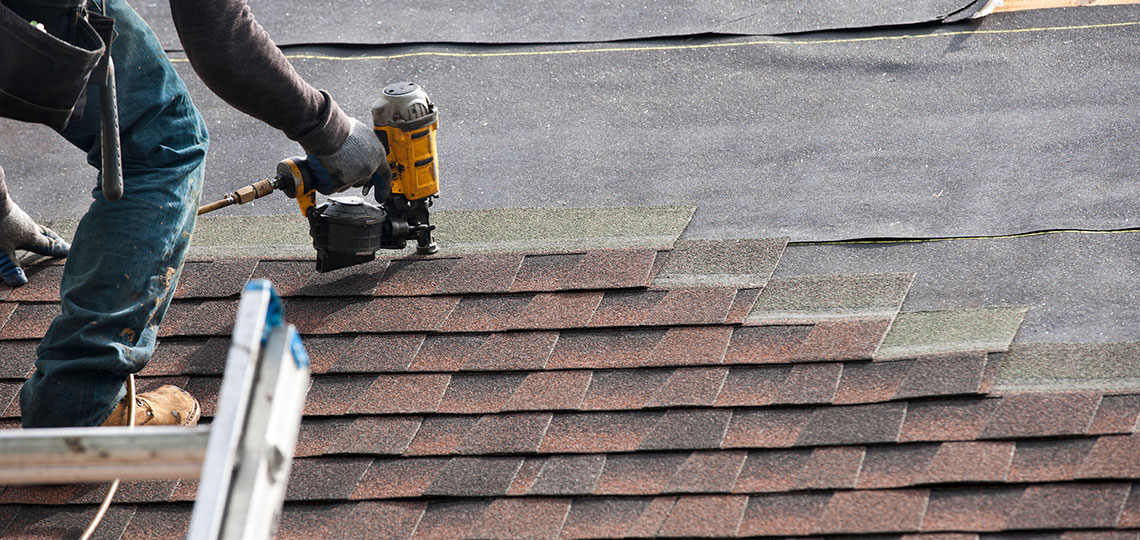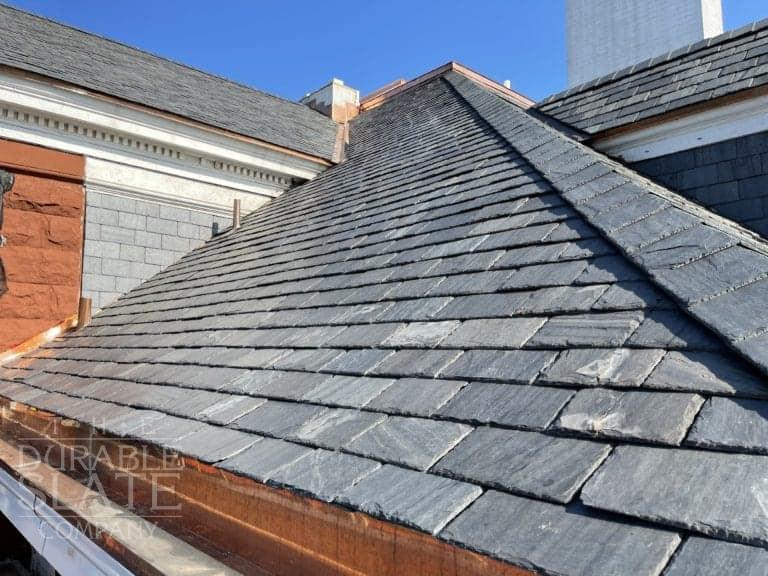Ideal Practices for Ensuring Proper Roof Ventilation
A well balanced intake and exhaust vent ratio, frequently 1:300, plays an essential function, with consumption vents ideally put at the reduced edge of the roofing for trendy air entrance and exhaust vents at the top for warm air exit. Keeping insulation away from vents is critical to avoid air flow limitation.
Understand Air Flow Essentials
Properly understanding air flow fundamentals is crucial for ensuring the longevity and performance of roofing systems. Efficient ventilation alleviates moisture buildup and temperature extremes in the attic room, both of which can cause significant architectural damages gradually. A well-ventilated roof aids in stopping usual issues such as mold and mildew development, wood rot, and ice dams, which can endanger the honesty of the roof products and the underlying frameworks.
The primary objective of ventilation is to facilitate the movement of air, permitting for a regular exchange in between the indoor and outdoor settings. This equilibrium is achieved through a combination of intake and exhaust vents that collaborate to keep ideal air movement. Consumption vents, typically situated along the eaves or soffits, allow fresh air to enter the attic area, while exhaust vents, often located at or near the roof covering ridge, make it possible for hot, moist air to leave.
Secret factors influencing the efficiency of roofing ventilation consist of appropriate positioning, ample sizing, and ensuring that both intake and exhaust vents are unhampered. Normal assessment and maintenance are vital to recognize potential blockages, damage, or ineffectiveness in the air flow system, thereby safeguarding the roofing's efficiency and durability.
Types of Roofing Vents
Roofing system vents play an essential role in keeping efficient attic room air flow and, by expansion, the total health of the roof. Different kinds of roofing vents are available, each with distinct advantages tailored to certain roof requirements. Ridge vents, for instance, are mounted along the roof's top, allowing cozy, damp air to escape from the attic room. They supply constant air flow and blend perfectly with the roofline, making them both efficient and cosmetically pleasing.

Soffit vents are set up under the eaves and job in tandem with roof vents to make sure a well balanced intake and exhaust system. By allowing cooler air to enter from below, soffit vents assist in the expulsion of warm air with upper vents. Gable vents, located on the exterior wall surfaces of the attic room, offer another efficient service, especially in homes with gable roofs.
Analyze Your Existing Air Flow

Following, consider the age and problem of your roof products and air flow elements. Older systems may not comply with current building ordinance or may have degraded with time, minimizing their efficiency. Conduct a detailed evaluation to identify any indications of damage, such as corrosion, damages, or spaces that might compromise the system's efficiency.
Additionally, determine the attic room temperature and moisture degrees. Heats and humidity can suggest poor air flow - roofing companies in gainesville florida. Utilize a hygrometer and thermostat to obtain precise analyses, contrasting them with outside problems. Consistent discrepancies recommend possible problems that require addressing.
Installation Best Practices
Reliable installment of roof air flow systems is vital for guaranteeing ideal efficiency and longevity. Correct installment starts with comprehending the specific air flow needs of the building and the roof it covers. This involves calculating the correct ratio of intake to tire vents, generally sticking to the 1:300 guideline, which stipulates one square foot of ventilation for each 300 square feet of attic floor room.

Intake vents ought to be installed at the roofing system's reduced side, frequently in the soffits, to allow amazing air to go into. Exhaust vents, on the other hand, need to be set up near or at the roofing system's peak to promote the leave of cozy, damp air.
Seal all air vent connections diligently to avoid air leakages and potential water seepage. Use high-grade materials and adhere to maker guidelines to guarantee longevity and performance. Additionally, incorporating ridge vents with baffles can dramatically boost air movement performance by protecting against wind-driven rainfall and this contact form snow from going into the attic.
Ultimately, exact installment of roof covering air flow systems mitigates possible concerns such as mold and mildew growth, ice dams, and structural damages, ensuring the roofing's integrity and the building's total health and wellness.
Routine Upkeep Tips
Uniformity in maintenance methods is fundamental to making certain the long-term efficiency of roof air directory flow systems. During these examinations, make sure that vents are totally free of particles, nests, and various other obstructions that could restrain air flow.
Cleaning up the vents is an additional necessary job. Make use of a soft brush or a vacuum cleaner to eliminate dust and particles from intake and exhaust vents. Beware not to damage the air vent displays or louvers during the process. Additionally, evaluate the attic area for any type of signs of water damage, which can compromise the integrity of the roof covering system.
Correct insulation is just as vital. Make sure that attic room insulation does not obstruct the vents, as this can severely restrict airflow. If any kind of insulation has actually changed or cleared up, rearrange or change it to keep an effective obstacle.
Lastly, change any type of damaged or missing out on elements immediately. Damaged vents, broken tiles, or scrubby flashing can all add to inadequate air flow and ought to be dealt with without hold-up. Regular upkeep guarantees that the roof covering air flow system functions optimally, consequently expanding the lifespan of the roofing itself.
Verdict
Making sure appropriate roof ventilation is vital for preserving the efficiency and durability of a roof system. Adherence to the 1:300 intake and exhaust vent proportion, coupled with the critical positioning of vents, is essential. Routine biannual assessments, debris cleansing, and making certain insulation does not obstruct air movement are vital practices. Executing these ideal methods will certainly cultivate a well-ventilated roof covering system, thus minimizing possible concerns associated with moisture buildup and extreme warmth, eventually lengthening the roof's life-span.
A well balanced consumption and exhaust vent ratio, commonly 1:300, plays a critical function, useful reference with intake vents preferably put at the reduced side of the roof covering for awesome air access and exhaust vents at the height for cozy air exit. Intake vents, typically situated along the eaves or soffits, allow fresh air to get in the attic room space, while exhaust vents, usually positioned at or near the roofing ridge, make it possible for hot, humid air to run away.
Soffit vents are mounted under the eaves and job in tandem with roof covering vents to ensure a balanced intake and exhaust system. By allowing cooler air to get in from below, soffit vents help with the expulsion of hot air with upper vents. Adherence to the 1:300 intake and exhaust air vent proportion, combined with the calculated positioning of vents, is vital.
Comments on “Client Reviews on the very best Gainesville FL Roofing Companies Offered”